
How to create a japanese garden
7th Jun '19 • By Service.com.au
Western styled gardens have been the main theme for most Australian backyards for many years. As we become more globalised and open to sharing and embracing other cultures, we have seen a rising trend in traditional Japanese gardens. These gardens are very earthly and do indeed reflect the way of life in Japan. Invariably, they are simple and resonant, and you too can bring Japan’s rich culture and poised garden design to your home!

Here’s a few tips to keep in mind for yourself or your professional Gardener when creating a Japanese garden, especially if you’re looking for some new homeowner backyard inspiration.
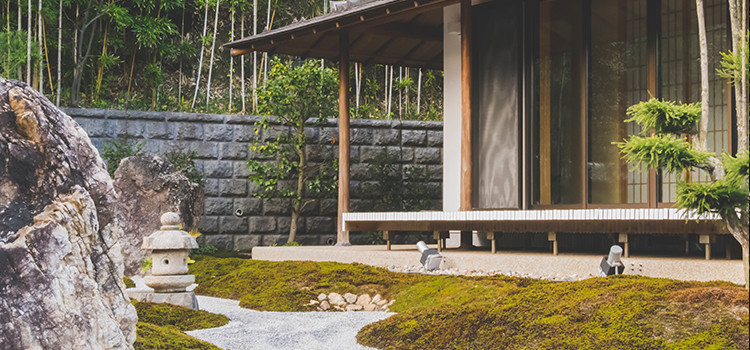
Nature
Japanese gardens strongly mix with nature, but this is not much of a surprise as this feature is typical of our gardens as well. However, the difference is all about the aesthetics of the design that sets it apart from our Western-style gardens.
These gardens avoid artificial ornaments and opt for a more natural and rustic look. Aged materials are commonly used in Japanese gardens so focus on ornaments and features that have aged naturally. In simple terms, what you want is to have a garden that highlights your natural landscape without the use of artificial type structures. You may also consider creating a beautiful pond with koi or goldfish to make your outdoor space come alive and really feel like a Japanese garden. Don’t be afraid to add some kind of water plants here; look at adding lotus or water lilies, which won’t affect the fish you may add but will really give the pond an authentic appearance.

Rock and sand
Japanese gardens are known for these two elements. These are the features of the dry landscape garden. No garden would be recognised as taking inspiration from Japanese culture if it did not have these two essential features. Gravel and sand that is raked is used to represent ripples as seen on a lake. Rocks and sand also have certain meanings, depending on how they are positioned as well as being a part of the design.
Different types of rocks are used to emphasise particular details in the garden. For example, a vertical rock may represent the Horai Mountain, which is home to the Eight Immortals in Japanese culture. Similarly, mountain or volcanic rocks may be used to add a rough look to the garden as well as symbolise other holy mountains. For instance, Mt Fuji is a symbol of Japan and represents its spiritual, physical and cultural geography.
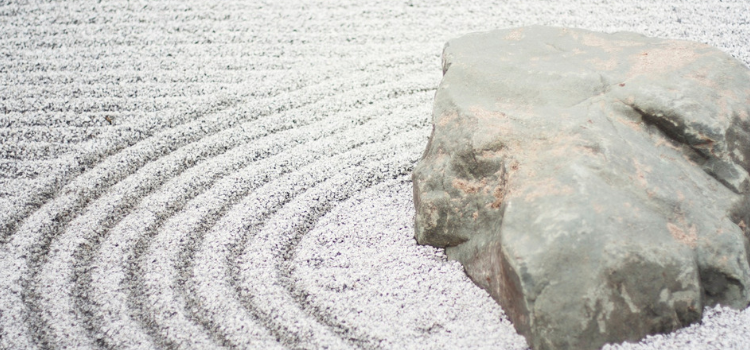
Philosophy
These gardens are meticulously prepared to represent a higher meaning. The Japanese not only focus on aesthetics or looks but also on the meaning behind the actions of various things. Garden designers in Japan have long held this approach when designing gardens and they are still in use in modern gardens today. It must be noted, that a Japanese garden was never meant to be a source of pleasure but rather a place for contemplation and meditation. It can never be explained better than the quote from Shunmyo Masuno, a Japanese monk and garden designer: “I want people to view the garden they are gazing on and their own selves as one”.

For example, placing three rocks in a sequence where each one is smaller than the previous, represents heaven, humanity and earth. In this scenario, the tallest rock is heaven and the others follow accordingly. This signifies humanity as being the link between heaven and earth. Rocks may also be placed at random to portray spontaneity in life; these random or seemingly discarded rocks are called ‘suteishi’.
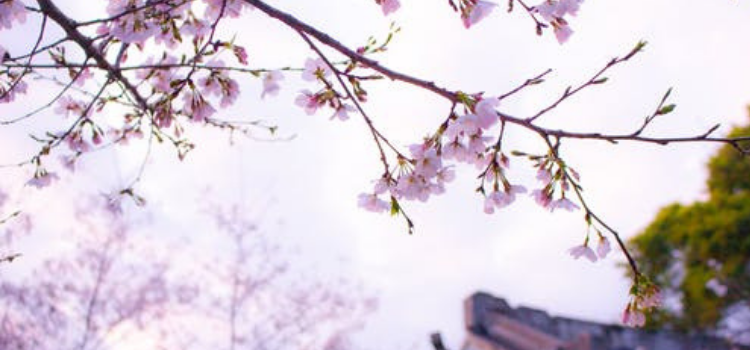
Bridges and lanterns
The use of bridges is a classic feature of a Japanese garden. One of the reasons we love this type of garden design, is because of the use of relatively short bridges. These bridges are placed over a stream of water that flows constantly from one end of the garden to the other. Water here also represents renewal and calm; it acts as a sign of continuity from life to death and the hereafter.
This makes for a very living and robust garden that ebbs and flows with the passage of time. Similarly, lanterns are used to illuminate the garden at night instead of artificial light. The difference is in the use of subtleties, which makes Japanese gardens stand out from other kinds of garden designs. Other structures that can be added, are pagodas, arbors and water basins, or a beautiful garden path.
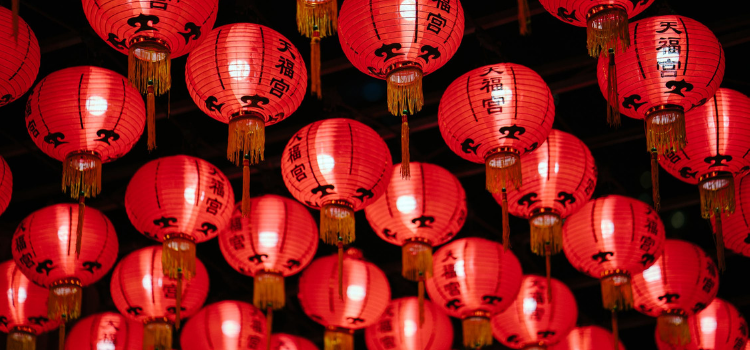
If you are fortunate to have created your very own Japanese garden, the positives are numerous. They bring serenity and peace into our busy lives, where our daily activities can be a constant source of stress. As this type of garden is pretty unique, it will certainly be a key focal point of your home. As a result, if the time comes to sell, it will be a great feature that attracts home buyers since it’s a fantastic gardening tip to increase property value.
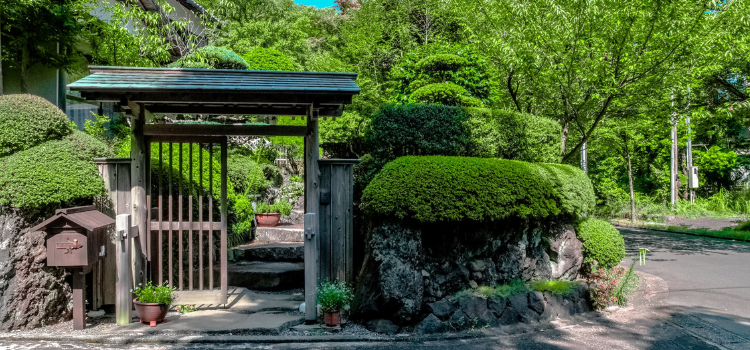
Need some help from an experienced Gardener to design a Japanese garden?
Further reading:
10 most beautiful gardens in the world
5 ways to makeover your backyard
6 easy ways to transform the front of your home
6 best backyard trends of 2019